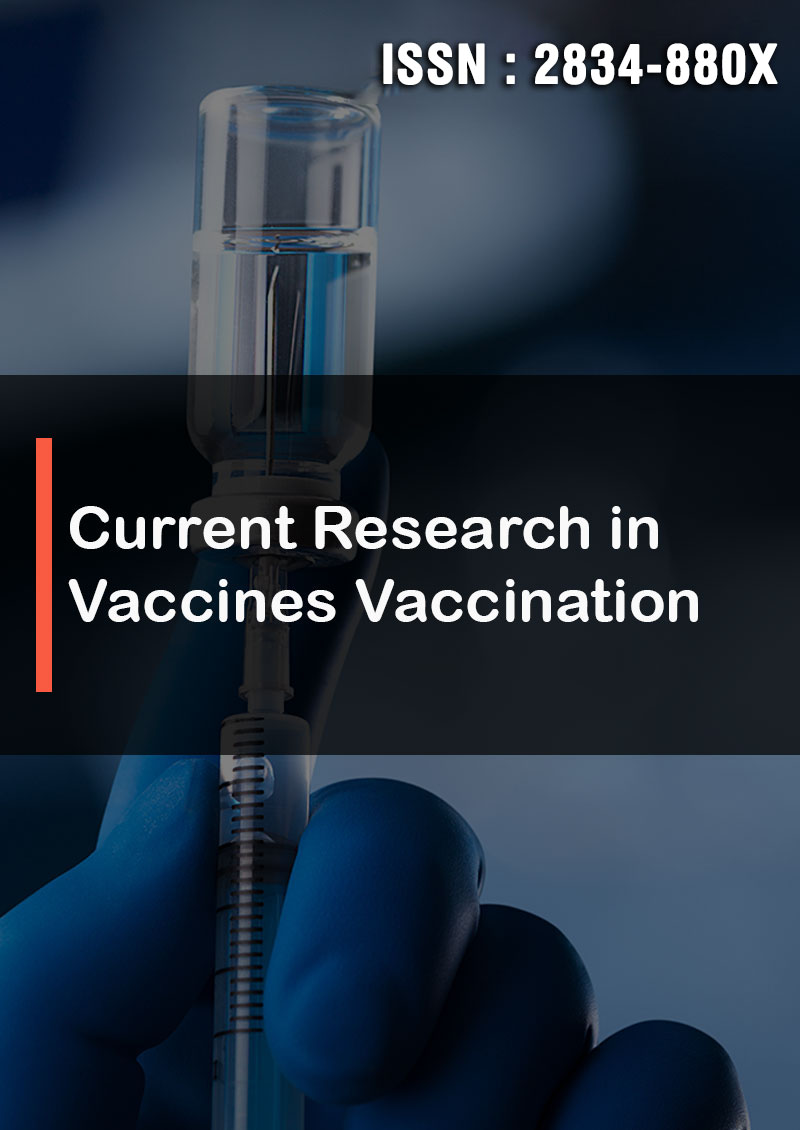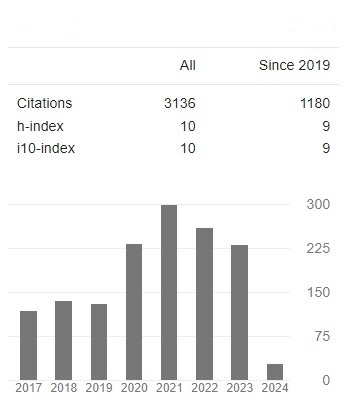Protein Structural and Sequence Analysis of Human ACE2 Using Prediction and Modeling Bioinformatics Tools for Diagnostics Biomarkers and Drug Design Features: an Opinion Study Path
Abstract
Ozurumba-Dwight Leo N, Muller Claude P, Ndams Iliya S, Avan Dalton E, Enwere Okezie.O, Iyevhobu Ken-neth O, Yinusa Titus, Ebenso Eno E and Obeagu Emmanuel I
Angiotensin converting enzyme-2 receptor (ACE2) present on human cell membrane surfaces is a critical receptor for severe acute respiratory syndrome-coronavirus-2 (SARS-CoV-2) to bind onto and invade cells. Severe burden caused by the recent COVID-19 (coronavirus disease-2019) pandemic was of global public health and economic importance. ACE2 protein has multi-functional roles and its expression on cell membrane surfaces influences COVID-19 pathogenesis. Engagement of key bioinformatics tools that retrieves data from protein sequences can be compared with structure of ACE2 proteins from same individuals and patients of different clinical status for COVID-19 (for individuals that are non-infected, infected asymptomatic and symptomatic). This can either be from data obtained from disease states or from already deposited annotated data generated from past studies stored in protein databases. This can be geared towards investigating effectiveness of a pool of biological attributes such a structural neighbor profiles which help describe micro-environment of single amino polymorphisms (SAPs). Analysis can be done for SAPs (also known as non-synchronous single nucleotide polymorphism (nsSNPs). Then engage predictive and modeling tools to predict key mutational loci- particularly those involving SAPs and their functional significance in association with disease states in known and predicted protein sequences. Generated biological data can contribute to ontology and associated molecular pathways. Similar data can be obtained from in-vivo studies in SARS-CoV-2 infected animal models. This is an opinion study opinion that can open up paths to new designs and development protocols in therapeutics and diagnostics biomedicine. As the study moves on, based on observations in the various analyses, we expect possibilities for a few flexibilities to enhance getting optimized credible and impact oriented results.




